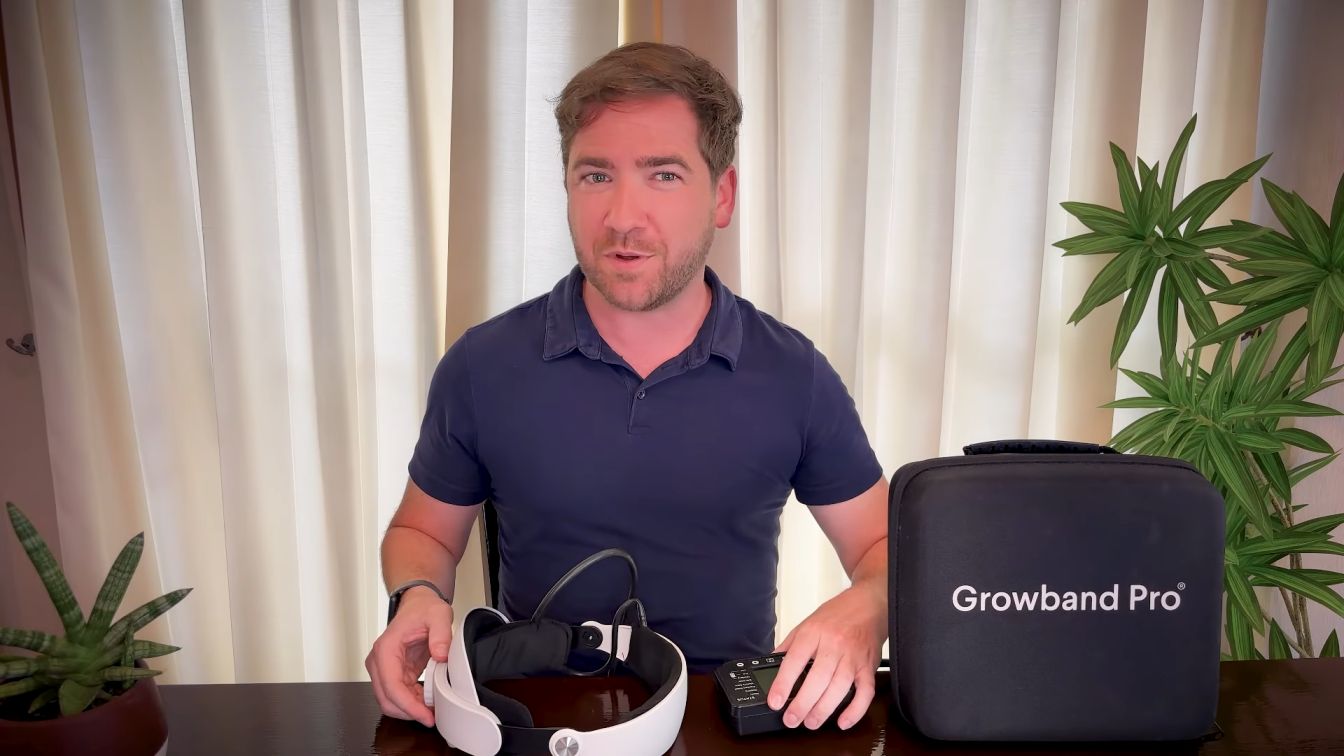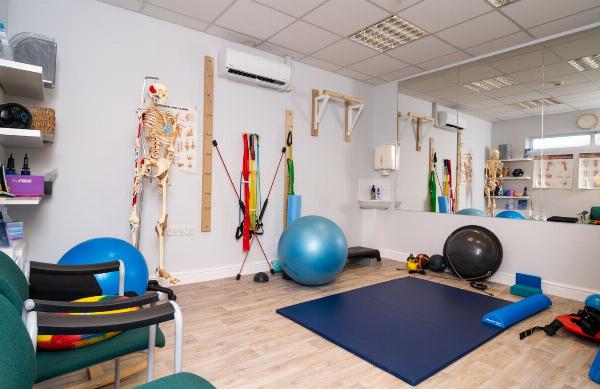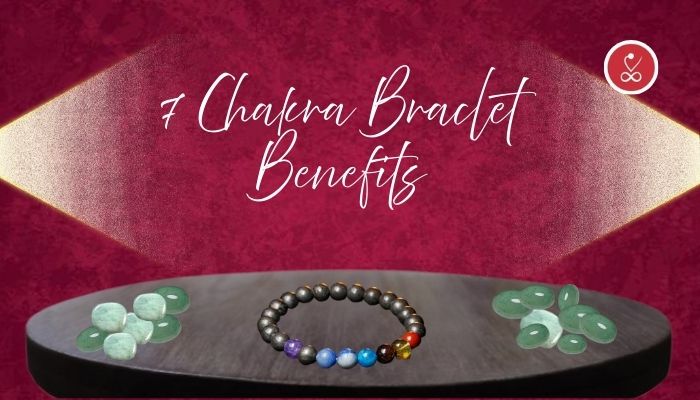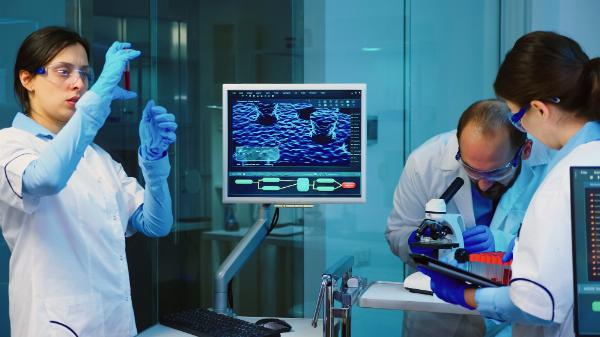The Growband and Scalp Massage: The Science-Backed Natural Method for Hair Growth

Strong 8k brings an ultra-HD IPTV experience to your living room and your pocket.
Hair loss can creep up on anyone. For some, it’s a slow thinning that begins at the temples or crown. For others, it seems to happen overnight — a little more hair in the shower drain, a little less volume when you style it. Whether it’s caused by stress, hormones, genetics, or simply time, the emotional impact is real.
The good news? There’s a growing body of evidence suggesting that you can encourage hair regrowth naturally — not through harsh chemicals or invasive procedures, but through something as simple as your hands. Scalp massage, both manual and device-assisted with the Growband, is emerging as one of the most promising and practical tools in the fight against hair loss.
Let’s unpack the science, my own experience, and how you can make this small daily habit part of your hair-care routine.
My Journey Into Scalp Massage
Like many people, I first noticed subtle thinning at the crown — nothing dramatic, but enough to make me self-conscious. I wasn’t keen on jumping straight into medications or expensive clinical treatments, so I began searching for natural alternatives.
That’s when I stumbled across the idea of scalp massage. Honestly, it sounded almost too easy. Could something so simple actually make a difference?
Still, I decided to give it a try. Every evening, I’d take five to ten minutes to massage my scalp using my fingertips — sometimes adding a few drops of rosemary oil. Within a few weeks, it became one of the most relaxing parts of my day. And after several months, I began to notice small, fine hairs appearing along the thinning areas and a general improvement in hair density.
It wasn’t a miracle overnight fix — but it worked.
What Science Says About Scalp Massage
Unlike many “miracle” claims floating around the internet, scalp massage has some real science behind it.
A 2016 study published in Eplasty had participants perform a standardized 4-minute scalp massage daily for 24 weeks. The results? An increase in hair thickness. The researchers concluded that scalp massage stimulates mechanical stretching of dermal papilla cells — the very cells responsible for hair growth.
A 2019 study in Dermatology and Therapy surveyed over 300 participants who performed regular scalp massage twice a day. Roughly 69% reported noticeable regrowth or at least a halt in shedding. Consistency, they found, was the key.
Together, these studies paint a clear picture: regular, gentle stimulation of the scalp improves blood flow and boosts follicle activity, which can translate into stronger, thicker hair over time.
What’s Really Happening Beneath the Surface?
When you massage your scalp, you’re not just relaxing — you’re triggering a cascade of beneficial effects:
Improved blood circulation: More oxygen and nutrients reach the hair follicles.
Reduced scalp tension: Chronic tightness in the scalp (especially in the galea aponeurotica — the top layer of connective tissue) can restrict blood flow and inhibit follicle health.
Healthier sebum production: Balanced oil levels help nourish hair and protect against dryness.
Enhanced lymphatic drainage: Gentle massage helps flush out metabolic waste and toxins that can build up around follicles.
In short, you’re giving your scalp the environment it needs to do what it was meant to do — grow hair.
Manual Massage vs. Growband — What’s the Difference?
While manual massage is an excellent starting point, devices like the Growband from Hairguard can take things up a notch.
The Growband is designed to lift and gently stretch the scalp, especially the tension-prone area known as the galea. By doing so, it helps to reduce chronic tightness and encourages optimal blood circulation. It’s essentially a hands-free, precision version of what you achieve manually — ideal for people who want consistent, measurable stimulation without the strain of daily finger work.
Users often combine the two approaches: manual massage for relaxation, and the Growband for deeper, targeted results.
You can read reviews of the Growband here.
How to Get Started: A Step-by-Step Guide
Start with clean hands and a relaxed mind. Take a deep breath — this is your moment of self-care.
Use your fingertips (never your nails). Begin at the front of your scalp and move slowly backward using gentle circular motions.
Cover the entire scalp. Focus especially on areas that feel tight or where hair seems thinner.
Massage for 5–10 minutes daily. Consistency matters more than intensity.
Optional: Add a drop of rosemary, peppermint, or lavender essential oil mixed with a carrier oil (like jojoba or argan) for an extra boost.
Consider the Growband. Use it for a few minutes each day to complement your manual massages.
Maximizing Your Results
To make the most of scalp massage:
Be patient. Hair growth cycles take months, not weeks. Stay committed.
Fuel from within. Adequate protein, zinc, iron, and vitamin D support healthy follicles.
Stay hydrated. A healthy scalp starts with proper moisture balance.
Avoid harsh chemicals and heat styling. Don’t sabotage progress with products that dry or irritate the scalp.
Manage stress. High cortisol levels can accelerate hair loss — meditation or even your daily scalp massage can help counteract that.
A Small Habit With Big Potential
In an age of complex solutions and expensive procedures, it’s easy to forget that sometimes the simplest approaches are the most effective. Scalp massage — especially when paired with innovative tools like the Growband — is a low-cost, science-backed, and calming ritual that supports both hair and mental well-being.
So, carve out a few minutes each day. Dim the lights, take a breath, and let your fingertips (or the Growband) do the work. You might just find that what began as a small act of self-care becomes the foundation for thicker, healthier hair — and a calmer mind.
References
Eplasty (2016): Standardized Scalp Massage Study
Dermatology and Therapy (2019): Scalp Massage and Hair Regrowth Survey
About the Author

William Slator
Founder and Lead Researcher at Hairguard
William Slator founded Hairguard in 2012 with a mission to make hair loss prevention more natural, evidence-based, and accessible. With a Master’s degree in Chemical Engineering from the University of Birmingham, he has spent over a decade researching the relationship between scalp health, blood flow, and hair growth.
You can follow his research and demonstrations on his YouTube channel:@hairguard
Note: IndiBlogHub features both user-submitted and editorial content. We do not verify third-party contributions. Read our Disclaimer and Privacy Policyfor details.








